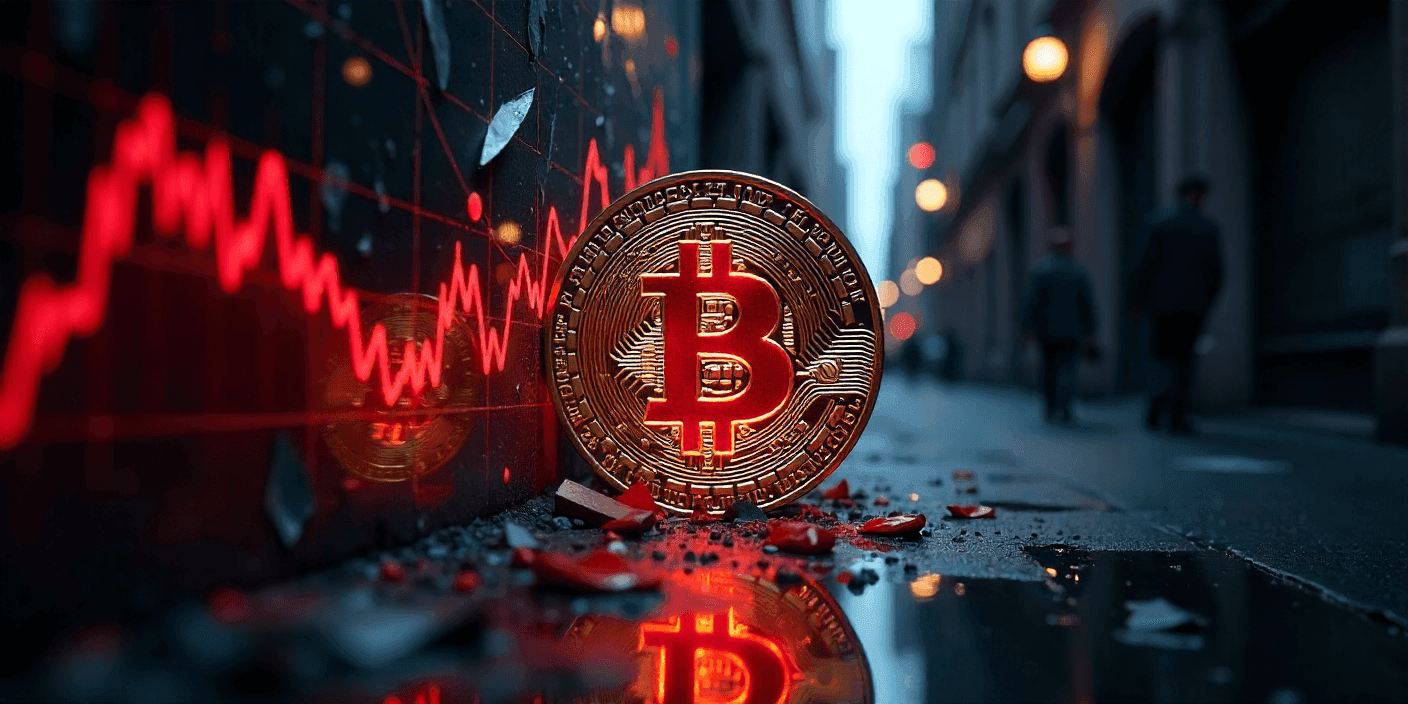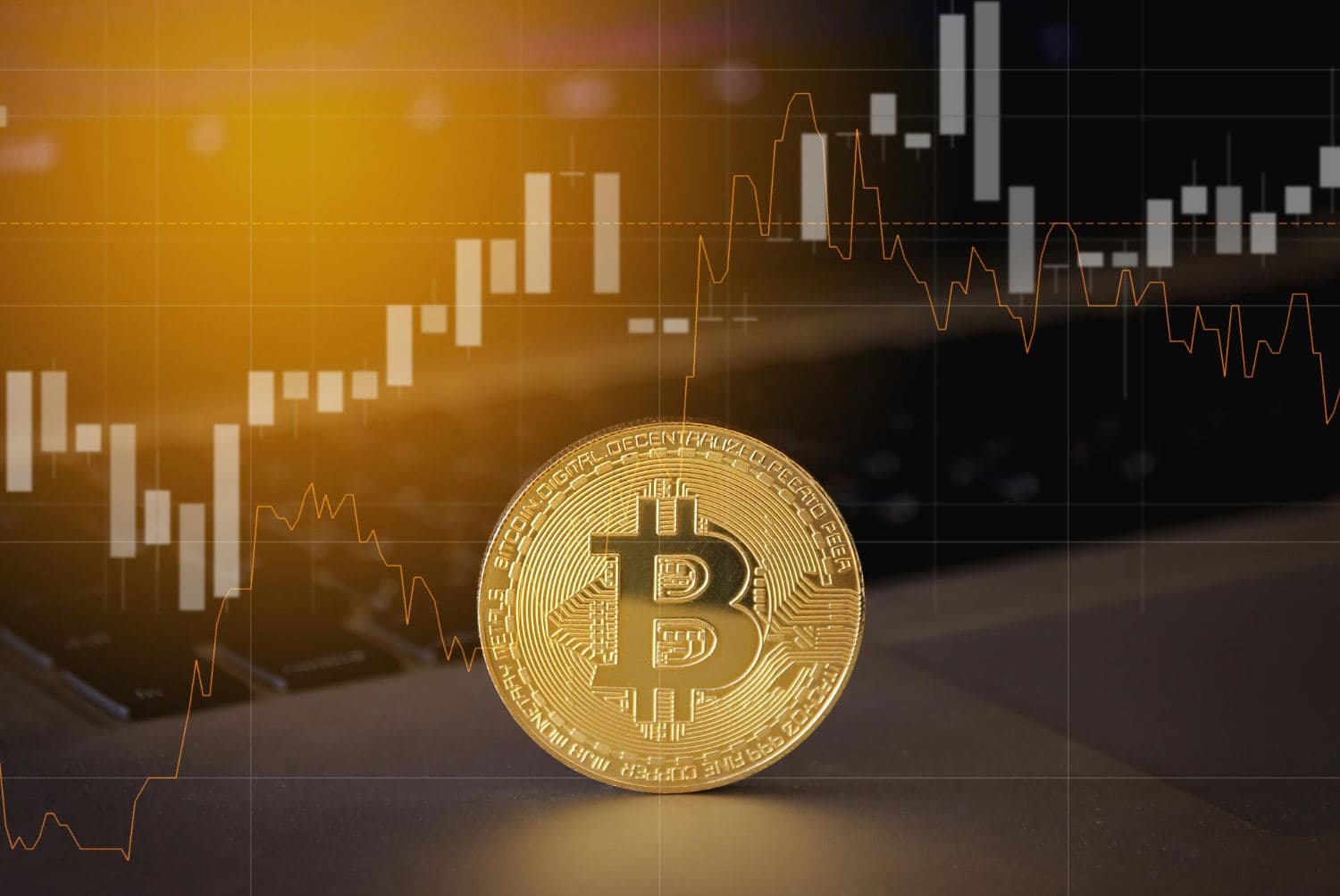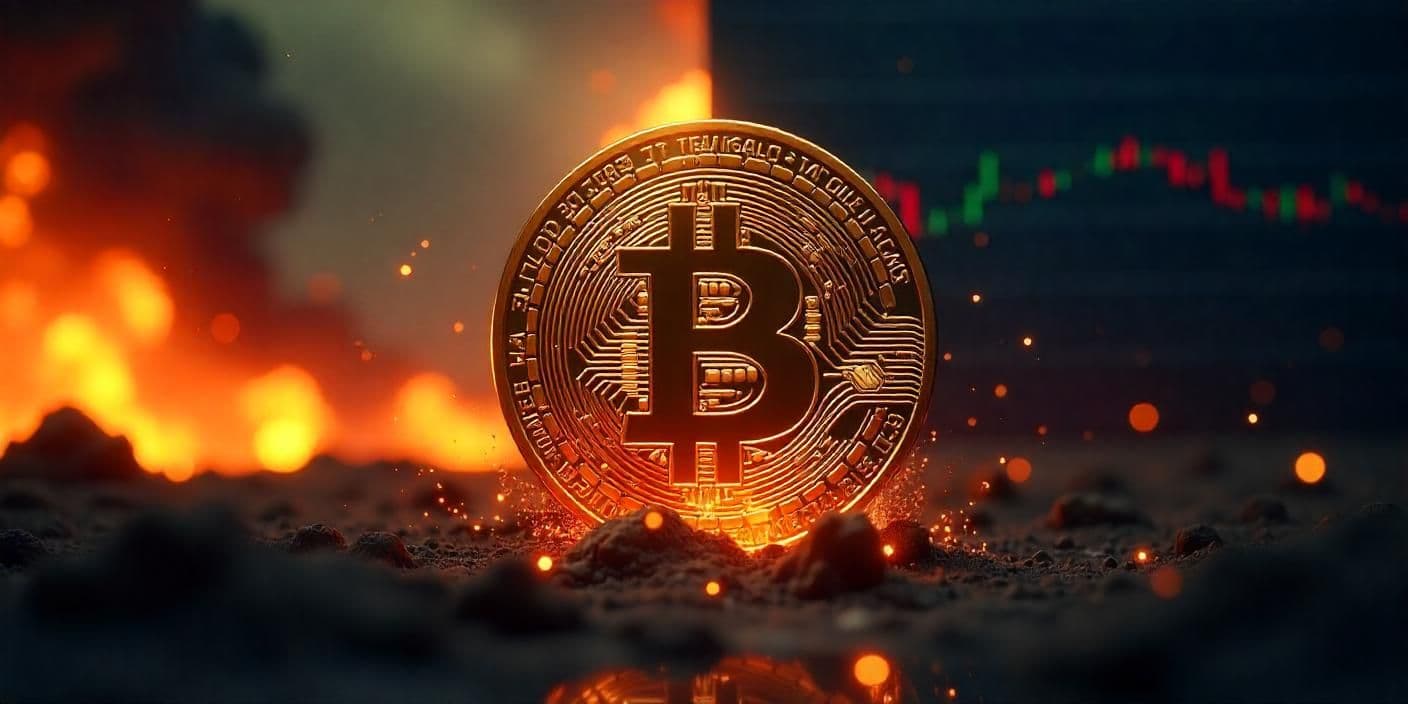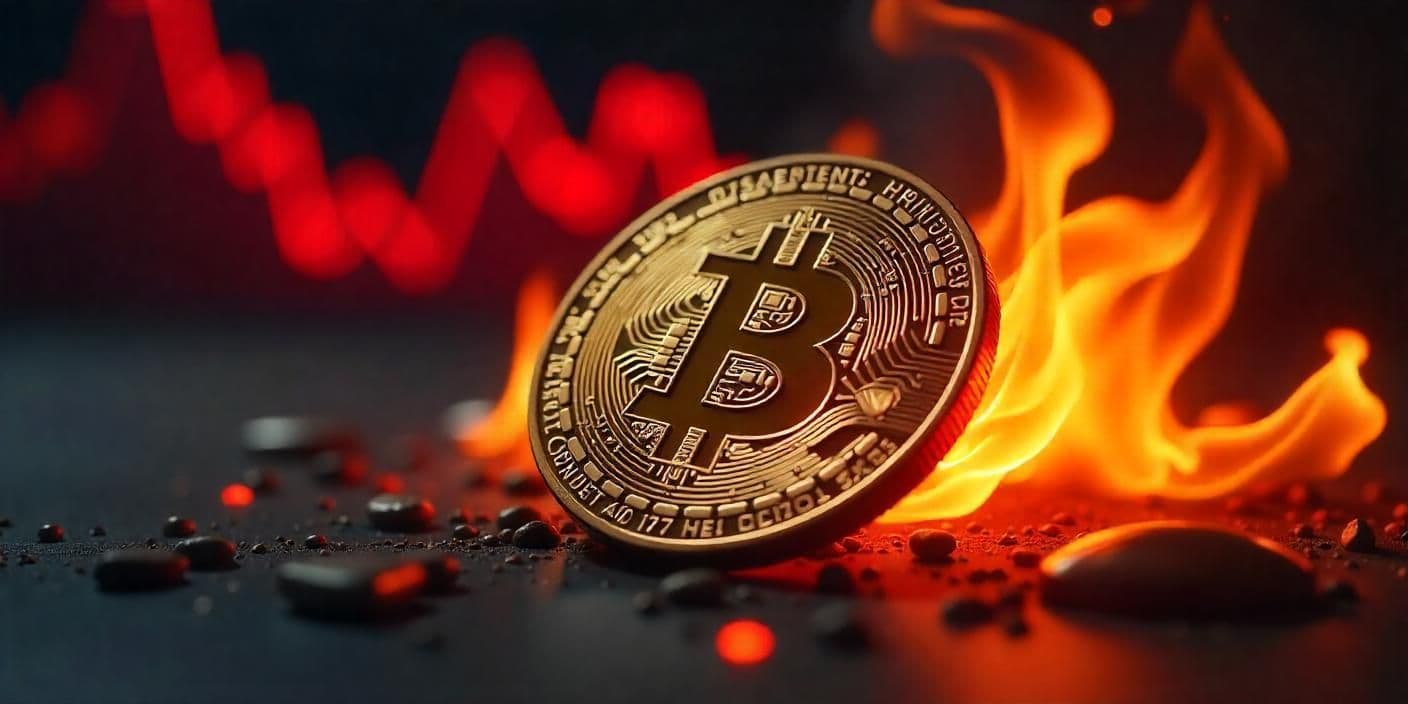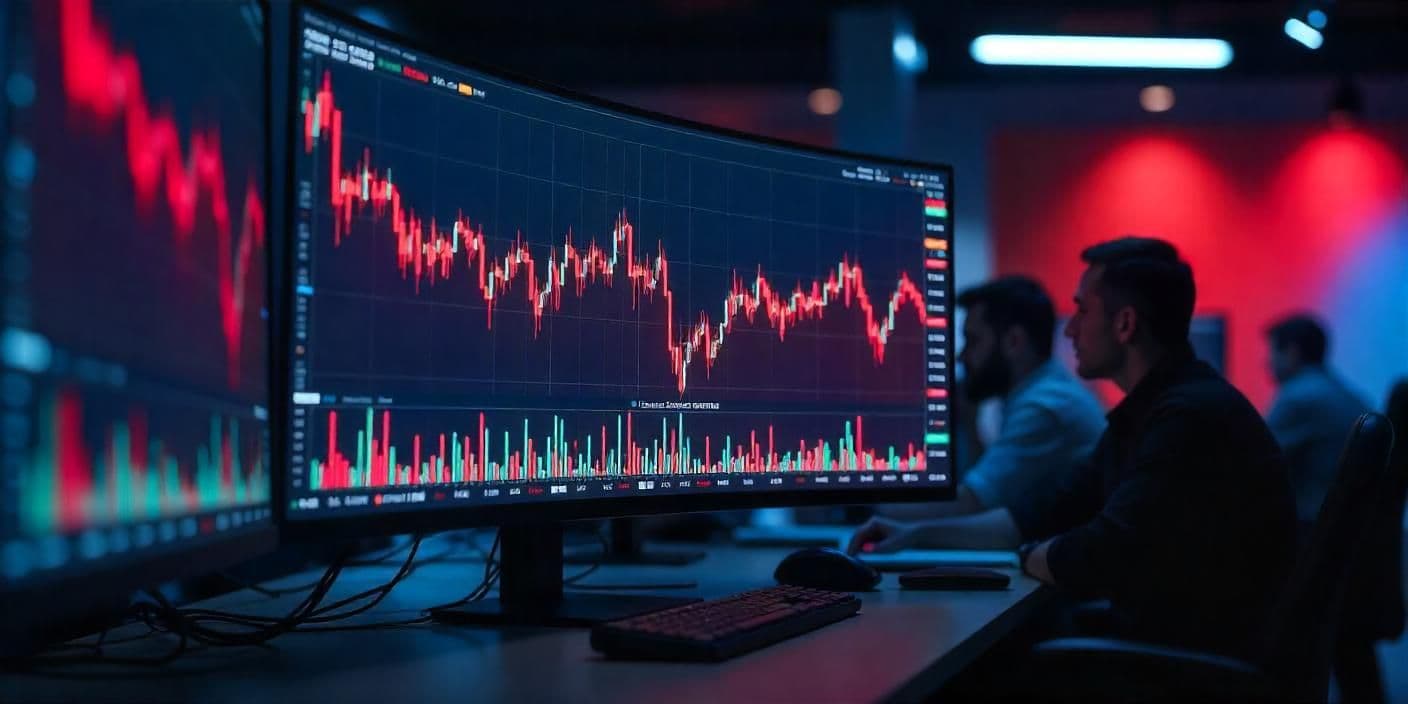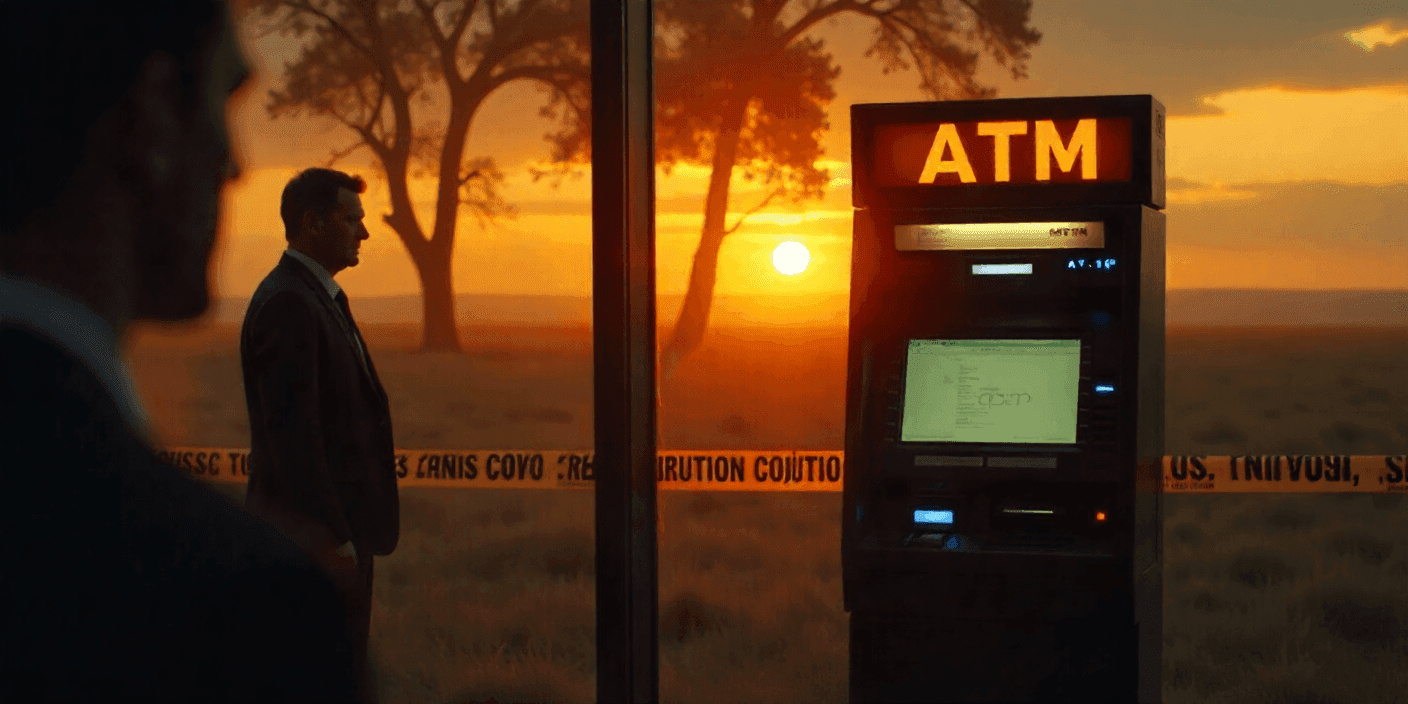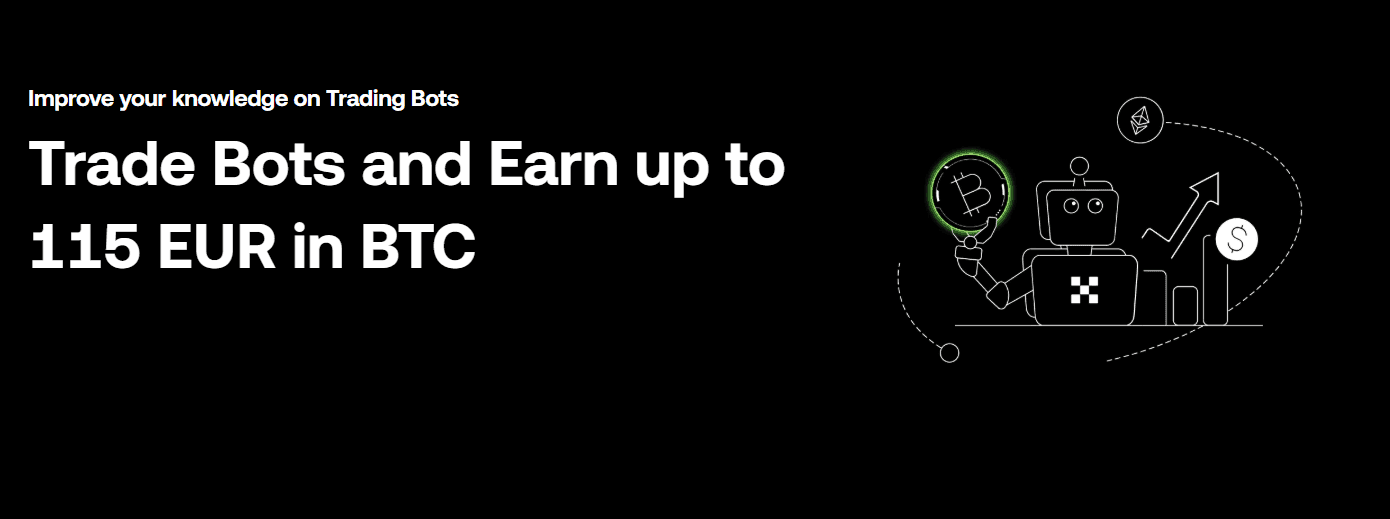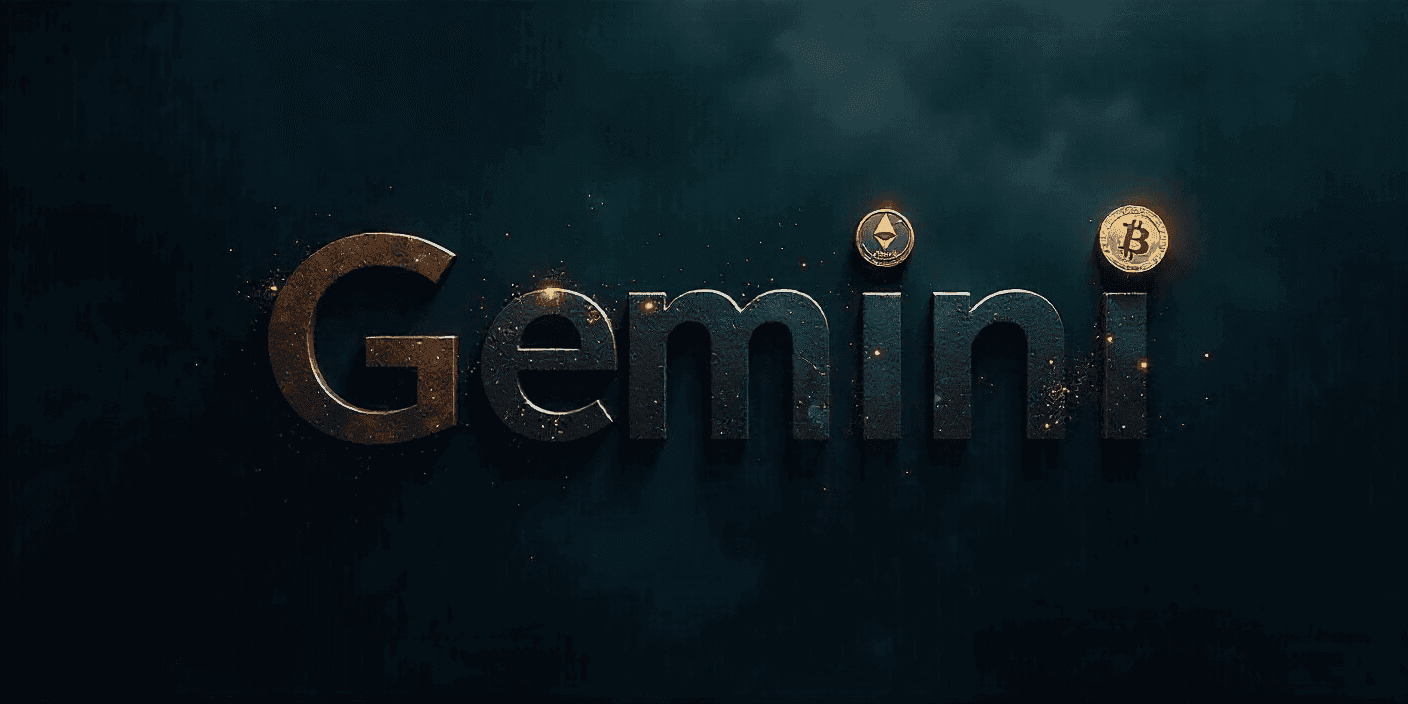Why the Crypto Crash on Oct 10 Was No Accident...
The October 10 crypto crash was triggered by a hidden MSCI classification shock. Here’s why the market couldn’t bounce — and what happens on Jan 15.
Let’s be real — nobody understood why the entire crypto market nuked on October 10 and why every bounce attempt since then has been completely dead. The crash felt random, brutal, and way too synchronized.
But now?
Yeah… now the reason looks painfully obvious.
Here’s the breakdown of what really went down — and why the next big date to watch is January 15, 2026.
1. DAT Stocks Have Been Secretly Powering This Whole Cycle
Companies like MSTR, BMNR, and other DATs (Digital Asset Treasury companies) have been one of the two major buyers driving this crypto bull run.
And their game is simple:
They buy crypto → they get bigger → they get added to major indices → index funds are forced to buy their stock → cycle repeats.
It’s basically a recursive pump machine.
2. But the Indexing Game Has One Huge Vulnerability
These companies rely on one thing to keep working:
➡️ They must be treated as “companies,” not “funds.”
Because if they’re labeled as “funds,” then passive index trackers can’t include them.
Why?
Because it creates a circular loop that index rules do NOT allow:
- fund buys crypto
- fund market cap rises
- fund gets indexed
- fund buys more crypto because of inflows
- endless loop
Index companies hate this.
3. And Then Came the Bombshell — October 10
On exactly October 10, MSCI (the world’s second-largest index provider) dropped a quiet nuclear headline:
They’re reviewing whether crypto-holding companies like MSTR should be reclassified as “funds.”
Not companies.
Not tech stocks.
Not corporates.
Funds.
If this happens, they get immediately kicked out of every passive index on earth.
That includes:
- pension funds
- retirement funds
- ETFs
- all passive index trackers
And all of them would be forced to dump MSTR instantly.
4. Smart Money Saw This First — And Dumped Early
Right after the MSCI notice went public, smart money connected the dots:
- DATs are powering the bull cycle
- If DATs lose index support, their inflows die
- If DAT inflows die, crypto demand collapses
- So they positioned defensively
- And the market started nuking — instantly
So yeah…
October 10 wasn’t a coincidence.
It was a warning shot.
5. The Market Hasn’t Bounced Because the Risk Is Still Alive
Everyone is waiting for January 15, 2026 — the day MSCI announces the official decision.
And here’s the real problem:
👉 If the ruling is negative, DATs get removed from indices.
👉 When they get removed, every index fund must sell automatically.
👉 That means a massive forced selloff across the board.
Investors know this.
That’s why nobody is comfortable buying dips aggressively.
6. What Happens Next?
If MSCI rules AGAINST DATs on Jan 15
Prepare for a huge flush:
- MSTR and similar stocks get ejected from indices
- Billions in holdings dumped
- A massive crypto selloff in anticipation
- Market likely bottoms after the forced index unwind
If MSCI rules IN FAVOR of DATs
Bull. Market. Back.
Instantly.
A green candle so hard it might break screens.
7. Until Then?
Expect weakness.
Smart money is acting like:
- market stays shaky until late December
- no strong bounce before the MSCI verdict
- risk stays high
- liquidity stays thin
- every uptick gets sold
The entire market is basically waiting for the final judgment.

Rudy Fares
Equity Trader, Financial Consultant, Musician and Blockchain Aficionado. I spend my time doing Technical and Fundamental Analyses for Stocks, Currencies, Commodities and Cryptocurrencies.
